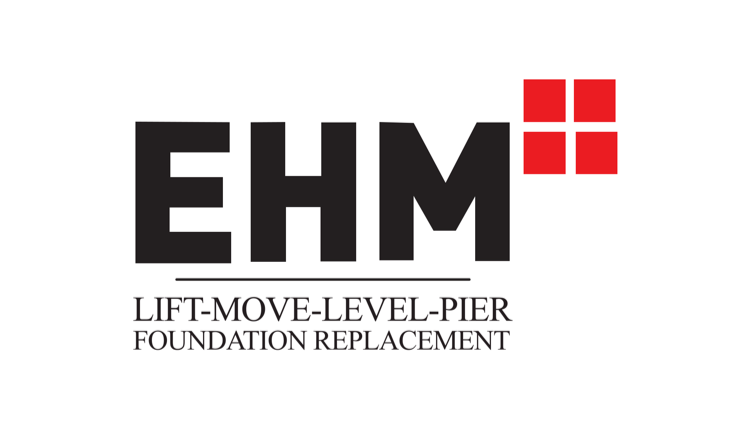
Get matched with top structural engineers in Veazie, ME
Enter your zip and get matched with up to 5 pros
Need a pro for your structural engineering project in Veazie, ME?
Verified Reviews for Structural Engineering pros in Veazie, ME
*The Angi rating for Structural Engineering companies in Veazie, ME is a rating based on verified reviews from our community of homeowners who have used these pros to meet their Structural Engineering needs.
*The HomeAdvisor rating for Structural Engineering companies in Veazie, ME is a rating based on verified reviews from our community of homeowners who have used these pros to meet their Structural Engineering needs.
Last update on December 15, 2025
Find Structural engineers in Veazie

Solid Framing Engineering, LLC
Solid Framing Engineering, LLC
Solid Framing Engineering is a structural engineering firm located in Portland, ME. We offer residential inspections, residential structural retrofit designs, new residential structural designs, drafting and providing signed and sealed drawings.
"He was very receptive and appreciative of feedback on the process and created a exceptional product for me."
Cameron P on November 2025
Solid Framing Engineering is a structural engineering firm located in Portland, ME. We offer residential inspections, residential structural retrofit designs, new residential structural designs, drafting and providing signed and sealed drawings.
"He was very receptive and appreciative of feedback on the process and created a exceptional product for me."
Cameron P on November 2025

EHM
EHM
EHM is a structural moving and elevating company that also specializes in foundation repair and replacement. We have been working in the Midwest since the Great Floods of 1993. We specialize in severely comprised foundation issues. We can elevate, level, pier or replace a wall or your entire foundation. We do not do mudjacking, waterproofing or minor crack repair.
"I did not get the service that we originally talked about I am very unhappy"
Donna S on August 2021
EHM is a structural moving and elevating company that also specializes in foundation repair and replacement. We have been working in the Midwest since the Great Floods of 1993. We specialize in severely comprised foundation issues. We can elevate, level, pier or replace a wall or your entire foundation. We do not do mudjacking, waterproofing or minor crack repair.
"I did not get the service that we originally talked about I am very unhappy"
Donna S on August 2021

GC Renovations Inc
GC Renovations Inc
Owner operated. We use subs for plumbing, heating, electrical & foundations. Cost is determined by the job. No travel charges. May contact through email or call. Free estimates.
Owner operated. We use subs for plumbing, heating, electrical & foundations. Cost is determined by the job. No travel charges. May contact through email or call. Free estimates.
The Veazie, ME homeowners’ guide to structural engineering services
From average costs to expert advice, get all the answers you need to get your job done.

The cost of a structural engineer is easily justifiable given the value they bring to the table. Use this guide to see what hiring your professional will total in Seattle, WA.

The cost of a structural engineer is easily justifiable given the value they bring to the table. Use this guide to see what hiring your professional will total in Philadelphia, PA.

The cost of a structural engineer is easily justifiable given the value they bring to the table. Use this guide to see what hiring your professional will total in Baltimore, MD.

Structural steel and wood beams ensure your house is structurally sound. Learn the difference between steel and wood beams and how to choose the right one.

Removing columns can open up a space, but you’ll need to exercise caution to avoid damaging your home’s structure. Use these steps to find out if your column is load-bearing.

Keeping your home safe and structurally sound should be a top priority. Learn to recognize the signs of structural damage you should never ignore.
- Roofing in Veazie
- Plumbing in Veazie
- Electrical in Veazie
- Tree Service in Veazie
- Kitchen And Bath Remodeling in Veazie
- Driveways in Veazie
- Septic Tank in Veazie
- Cleaning in Veazie
- Siding in Veazie
- Landscaping in Veazie
- Lawn And Yard Work in Veazie
- Exterior Painting in Veazie
- Flooring in Veazie
- Excavating in Veazie
- Fencing in Veazie
- Pressure Washing in Veazie
- Garage Doors in Veazie
- Pest Control in Veazie
- Home Builders in Veazie
- Leaf Removal in Veazie
- Insulation in Veazie
- Concrete Repair in Veazie
- Garbage Collection in Veazie
- Stone And Gravel in Veazie
- Handyman Service in Veazie
- Landscaping Hardscaping And Pavers in Veazie
- Windows in Veazie
- Drywall in Veazie
- Chimney Sweep in Veazie
- Roof Ice And Snow Removal in Veazie
- 🌱 "Mow a small front yard"
- 🛠 "Fix a leaking pipe under the sink"
- 🏠 "Repair shingles on an asphalt roof"


